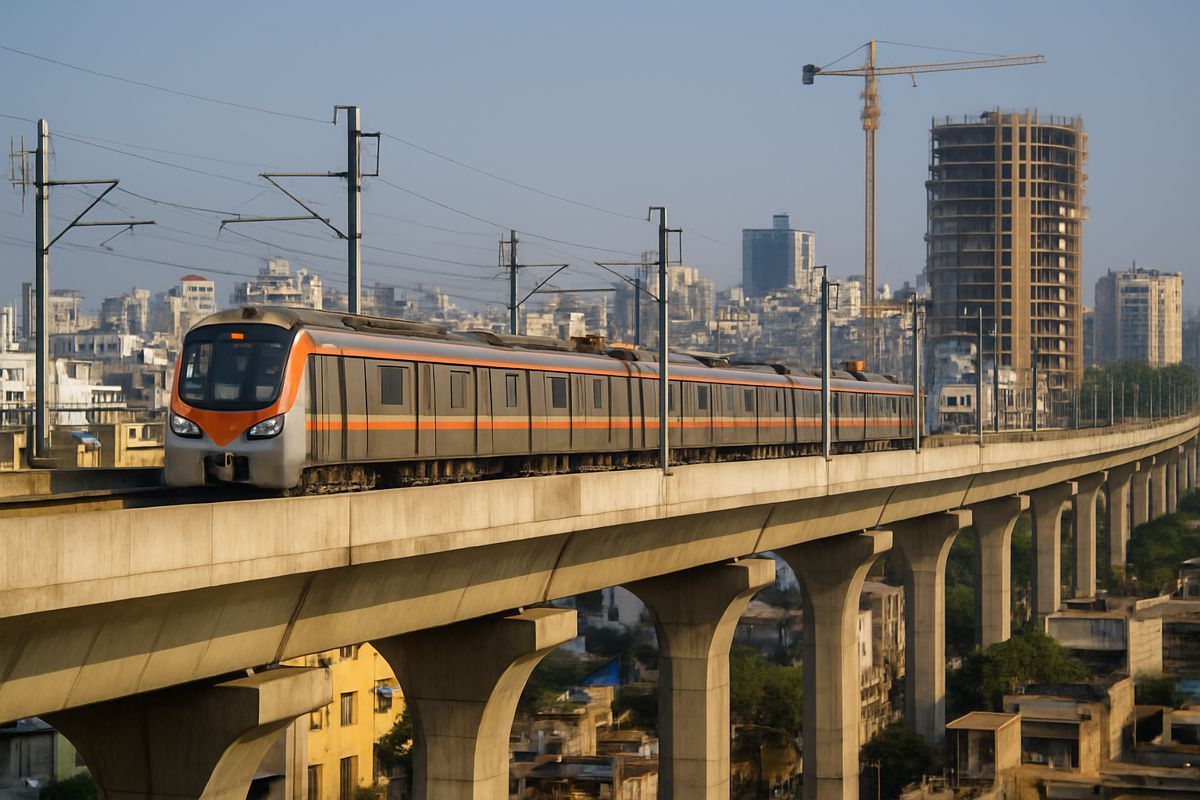Climate-smart Transportation is Key to Development
Climate Change Issues
According to the World Bank, when it comes to climate change, the transport sector is both a victim and a perpetrator. On the one hand, transport infrastructure is particularly vulnerable to the effects of climate change such as higher temperatures, increased precipitation, and flooding. At the same time, transport is responsible for 23% of energy-related greenhouse gas (GHG) emissions, and is one of the sectors where emissions are rising the fastest. This statistic alone makes it pretty clear that there will be no significant progress on climate action without greener, more sustainable mobility.
Previously the transportation sector was conspicuously absent from climate talks; however, a strong, structured presence seen last year in Paris, and this year in Marrakech, is finally commensurate with the urgency needed to address transportation related issues on the climate agenda.
The rising importance of transport in the global conversation is reflected in major commitments like the Sustainable Development Goals (SDGs) and the Paris Agreement. As an example, over 70% of the Nationally Determined Contributions (NDCs) that countries have proposed to implement the Paris Agreement now include transportation commitments, ranging from increasing public transport in cities to shifting freight from roads to railways and waterways.
At the national level, more and more countries are now pro-actively seeking opportunities to move toward cleaner and smarter mobility. Morocco is leading by example through initiatives like the forthcoming Association for Sustainable Road Transport, as well as a number of climate-friendly public transport projects. Further south, Mozambique is looking into a variety of scenarios to move people and freight more efficiently, while keeping transport-related emissions in check. In India, transport will play a key part in decoupling economic growth from carbon emissions and meeting the country’s NDCs. More specifically, the government intends to promote climate-smart transport through three major shifts: private to public transport in cities; roads to rail and waterways for freight; and fossil to non-fossil fuels.
The World Bank is working to help their clients to fulfil these commitments, with a focus on three major area.
Climate-resilient Transport
Climate change puts growth potential, as well as trillions of dollars of transportation investments at risk, which is why resilience—and especially, road resilience—is a key part of their agenda. This is particularly important in Sub-Saharan Africa, where the asset value of the road network exceeds 30% of the region’s GDP and reported that improved road maintenance is a central tool for boosting road resilience in the region.
Building on appropriate maintenance, a number of strategies for building resilience in road systems are emerging; from increasing the robustness of particular vulnerable segments; building system resilience by increasing redundancy; by system wide efforts to address standards, methods and materials; and by improving effectiveness of preparation for and response to extreme climate events. The World Bank is currently working with partners in more than 40 countries globally to build resilience into transport systems using such strategies.
Mass Transit Systems
Investing in mass transit systems is a great way to lower the carbon footprint of the transport sector. It also brings a number of additional benefits, including less congestion, safer roads, and more efficient connections to jobs and services. This is an acute issue for Africa, which is currently seeing some of the highest urbanisation rates in the world. Morocco is a leader in mass transit investment on the continent, with several tramway lines already completed or under construction. Elsewhere in the region, various other green transport projects—such as Dar es Salaam’s new Bus Rapid Transit—are transforming the way people move around cities.
Efficient & Multi-modal Transport Systems
Efficient freight systems, particularly fuller and better trucks, can deliver on both lower costs and a lower carbon footprint. Moreover, to maximise the benefits of transport investment, it is important to make sure that different modes complement each other, and to allow people and goods to transfer seamlessly between different means of transport. That is why the World Bank is helping governments to integrate roads, railways and waterways into comprehensive, multi-modal transport systems. A prominent example is a waterways project around Lake Victoria, which integrates new terminals that enable connection with road and rail networks.
To keep the momentum going, a clear and coherent vision for sustainable mobility, matched with adequate climate financing is necessary. To that end, the World Bank is supporting Sustainable Mobility for All (SM4A), a co-ordination mechanism that will help both public and private players in the transport sector get organised around a common platform. With SM4A, the transport community will speak with one comprehensive and cohesive voice, and will be able to help governments integrate climate considerations into their transport plans more effectively.
The Future
Nevertheless, what exactly is the driving force behind these initiatives? Ultimately, it is not just about reducing the carbon footprint of transport or protecting the sector against the effects of climate change. By boosting economic growth and expanding access to jobs and services, investment in climate-smart transport has the potential to become a true development win-win that positively impacts all aspects of sustainability; both environmental and socio-economic. This is exactly the kind of co-benefits to build a greener and prosperous future.




















